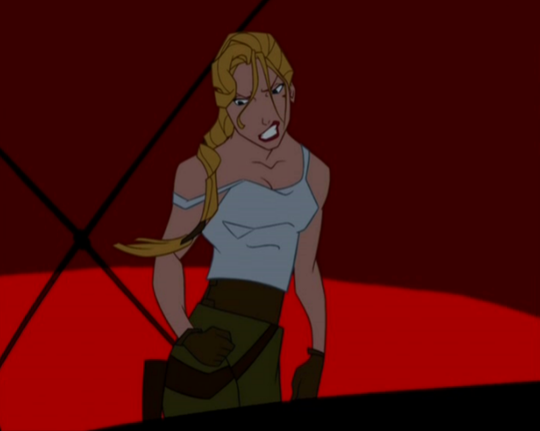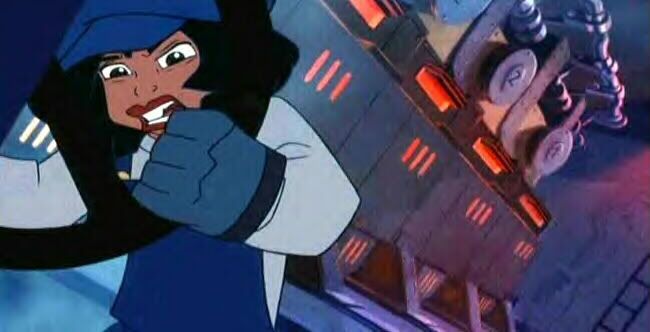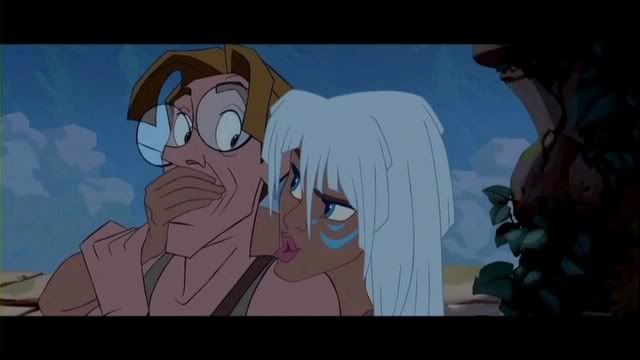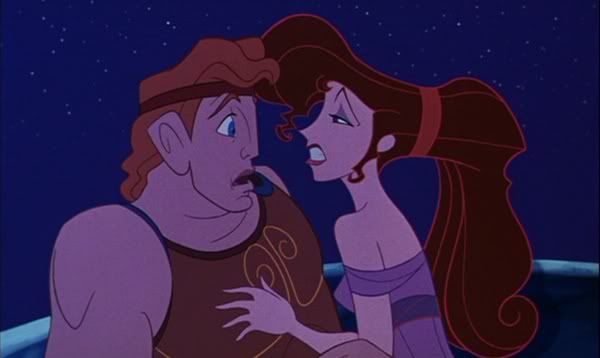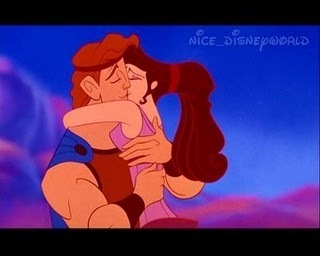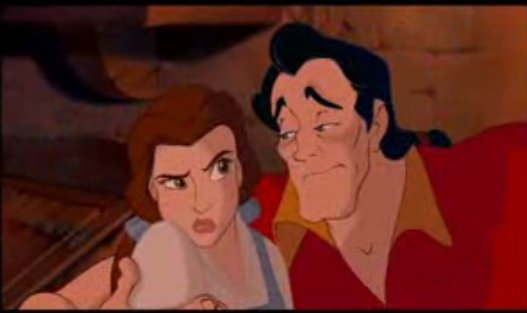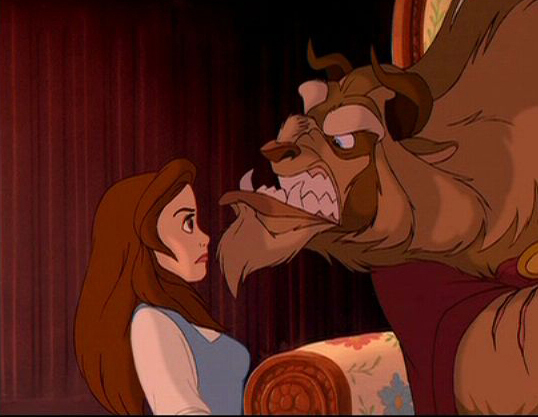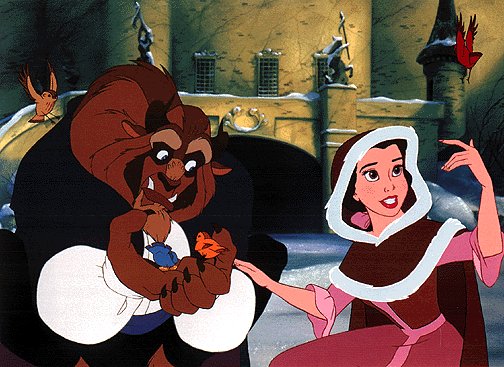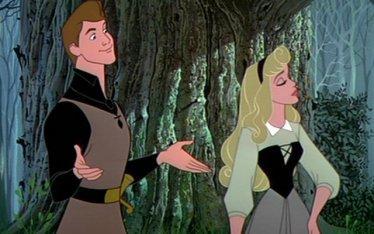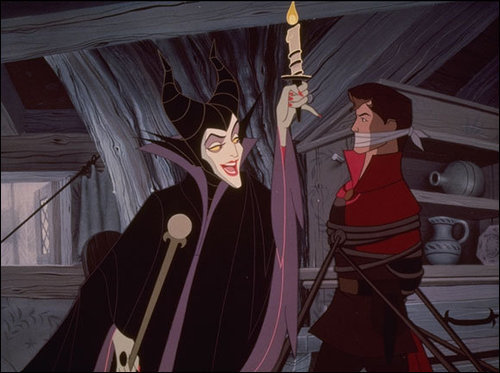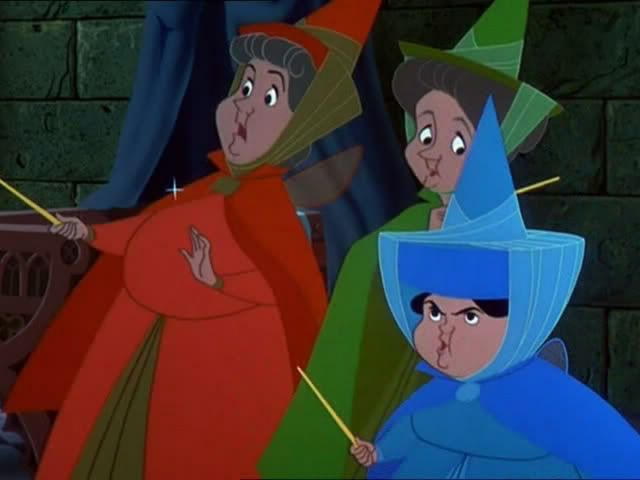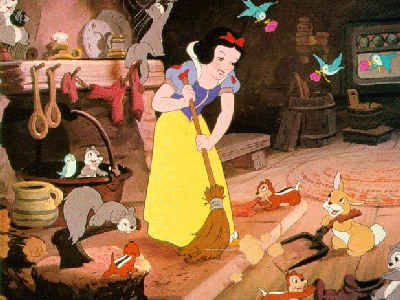It is announced that a prince is coming to town and will be staying as a guest at Charlotte's mansion. Charlotte, who has always dreamed of living a true fairy tale is more than thrilled, already imagining Prince Naveen proposing to her. She gets everything in life handed to her, never having to work for anything. Charlotte is an intriguing character herself, a true embodiment of female stereotypes, though not in the same way as Snow White. Charlotte shares the same girlish looks and waiting for her own prince to come and whisk her away, but she is also a very loud, hyper, and emotional character who doesn't think twice about getting what she wants and how she goes about it. Despite being a little spoiled, Charlotte proves herself throughout the movie as a strong supporting character and a loyal friend to Tiana, and she also takes initiative to try and make the prince fall in love with her anyway she can.
On the opposite side of the scale, Tiana has been forced to work two jobs for the majority of her life in order to save up money to open the restaurant her and her father dreamed about. She is extremely independent with no need for assistance from anyone. She wants to be able to control every aspect of her life rather than have it decided for her like we saw from other female leads in previous movies. At one of Charlotte's parties, the businessmen negotiating with Tiana for the restaurant building tell her that someone has bid higher and unless she can find the money, she will lose her dream. They say, "a woman of your background would have had your hands full trying to run that place all by herself!" This implies that not only race is being looked down upon, but her gender as well. They view her as incapable and naive rather than taking her seriously.
When Tiana takes a moment to away from the party she kisses a frog claiming to be Prince Naveen, and she herself is turned into a frog and her entire life gets flipped upside down. The Voo-doo man who turned Naveen into a frog is trying to get Charlotte to marry an imposter Naveen in order to get to Charlotte's father's money.
Tiana and Naveen escape into the swamp to try and figure things out. They fight well into halfway through the movie, blaming each other on their circumstances. Tiana thinks that Naveen has absolutely no work ethic and for someone who has done nothing but worked her entire life, she can't agree with getting life handed to you on a silver platter. She executes every plan to get out of the swamp and keeps the prince from harm on multiple occasions. Though, Naveen thinks that all the work has made Tiana forget how to have fun and over the course of their time together, they both begin to learn what they've been missing. With the help of an alligator and a firefly, the group travels through the swamp to find Mama Odie who is said to have the answer of how to turn them back into humans.
Mama Odie is another supporting female, but she also has a very strong personality. She's seventy years old, blind, and lives in the swamp. Odie is incredibly eccentric and urges the two frogs to try and find what they need rather than what the want, hinting in a round about way that perhaps being human isn't what they need to be considering. They're determined though, and Odie tells them that Charlotte's father is the Mardi Gras king, making her a princess, so if they want to turn back into humans, Charlotte will need to kiss Naveen before midnight. Eventually, the Naveen and Tiana manage to return back to New Orleans in one piece. Before they are able to find Charlotte, Naveen wants to tell Tiana that he has fallen in love with her. He arranges a tiny dinner and even makes a ring for her, but in the end, can't manage to say it. Back on land, Naveen is kidnapped and held hostage while the impostor Naveen sets out to marry Charlotte. Tiana sees them together and misunderstands the situation before running off. She blames herself, knowing she never should have trusted him, and should have been focusing only on her dream. Raymond, the firefly, catches up to her, revealing the truth, and the Tiana has to fight the Voo-doo. Ultimately, she defeats him by herself and as a frog no less, reinforcing that she is more than capable of taking care of herself on her own.
Tiana finds Naveen and Charlotte too late, and they are forced to stay frogs forever. It isn't a tragedy for them though, because they confess their love and decide that it's okay as long as they have one another. This is one piece of the movie that is reminiscent of previous traditional princesses. Naveen and Tiana only knew each other two or three days and yet they both fall madly in love without taking much time to get to know one another, though they did hate each other in the beginning. It hints at Beauty and the Beast in that respect. Mama Odie marries the two frog and when they kiss, the spell is broken, because Naveen kissed a princess, so they are both turned back into humans. They get married officially and begin work on Tiana's restaurant, building it up slowly with their own hands and hard work. The two, of course, live happily ever after.
